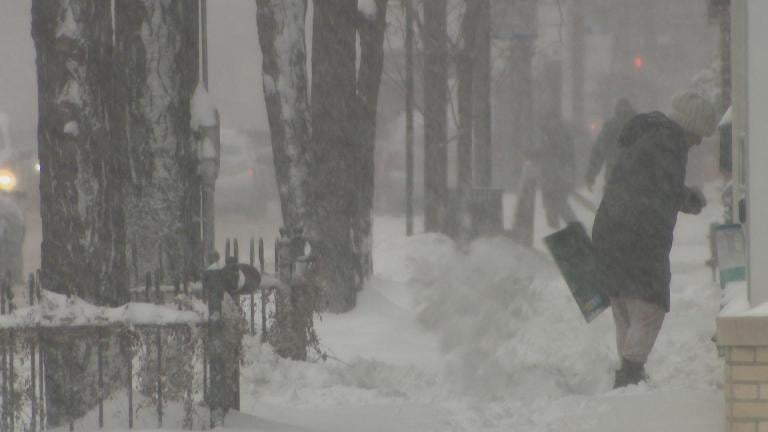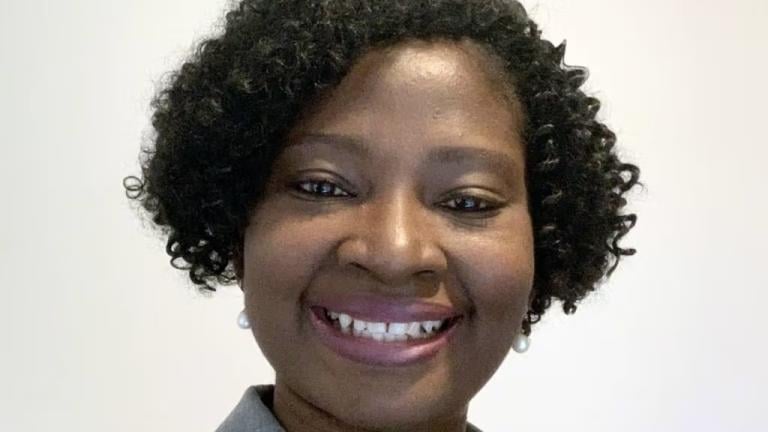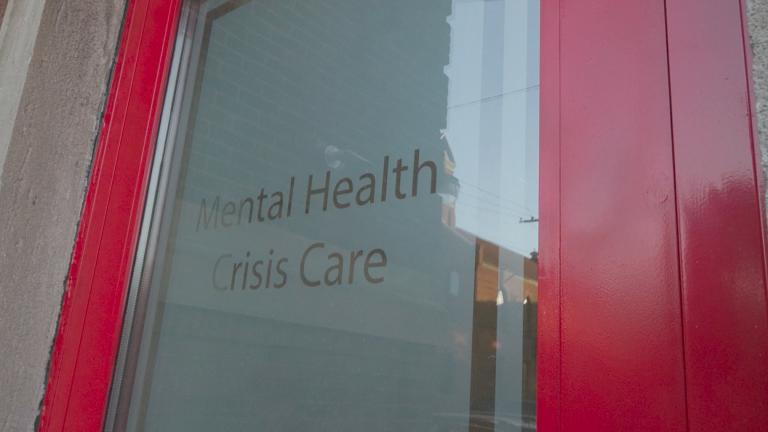There are an average of 129 suicides a day in the U.S.
According to the Centers for Disease Control and Prevention, more than 47,000 Americans died by suicide in 2017, the most recent year for which statistics are available, and some 1.4 million are believed to have attempted suicide. And that rate is on the rise.
One tool in the battle against the epidemic is the National Suicide Prevention Lifeline. That number is currently 1-800-273-TALK but the Federal Communications Commission is now proposing to make that number easier to remember by creating a new three-digit hotline: 988.
Cara Levinson, whose daughter Elana died by suicide at the age of 18, helps lead education outreach efforts for the Illinois chapter of the American Foundation for Suicide Prevention.
According to Levinson, suicide prevention advocates have been asking for a three-digit hotline number for some time.
“The great news is that the FCC seems to recognize the need for it,” said Levinson. But rather than 988, Levinson said that many suicide prevention specialists would prefer a so-called N11 number that could be implemented nationally across all networks, similar to how 911 and 311 are currently used.
“The problem is there aren’t many N11 numbers left,” said Levinson.
Regardless of what three-digit number is chosen, resources will have to be increased to handle the expected increase in call volumes.
“The growth (in calls) is exponential right now and if it goes to a three-digit number it will be far, far easier to call and it’s expected there will millions more calls annually,” said Levinson.
And although there is a national hotline number, there is no consistent network of crisis centers to handle those calls. Instead, there’s a patchwork of crisis centers across the country, but coverage is incomplete.
“It really does vary from state to state,” said Levinson. “There’s something like 172 local crisis centers (across the country) that when somebody dials the current suicide prevention number they are directed – if they are military they go to a separate line that is managed by the VA. If they are Spanish speaking they are directed to a Spanish subnetwork. And then of all the other calls, those are the ones that get distributed to the local crisis center’s crisis lines. However, only about a third of those calls actually make it through and that’s because there are states that don’t even have a single crisis center for the calls to be routed to. And then there are states – for example, Alaska – that has one for the entire state.”
Levinson says that two-thirds of the calls are not picked up by local crisis centers in a timely manner and are redirected to regional centers that are federally funded. But the system can easily become overwhelmed.
“People do get through eventually – but in the summer (2018) when Anthony Bourdain and Kate Spade died in that one week – the lifeline was averaging about 5,000 calls a weekend,” said Levinson. “That weekend they had 10,000 calls and the system could not handle it.”
Funding is a key issue for many of these crisis centers, which are often reliant on volunteers.
“There are some crisis centers that have a good budget but the majority do not,” said Levinson, who noted that without additional resources a new hotline number could simply overwhelm them.
“Resources would need to be committed because there is an expectation that if the three-digit number is put into place – and hopefully the right number is put into place where everybody could get coverage – basically they won’t be able to accommodate those calls unless there’s a lot more resources devoted to all of the crisis centers,” said Levinson.
She believes more emphasis on firearm safety is also needed.
“The greatest thing we could do in order to bring down the rate of suicide is to really stress firearm safety because more than 50% of all suicides are by firearm and two-thirds of all firearm deaths are from suicide,” she said.
There are a number of warning signs that someone may have suicidal intentions, but a marked change in behavior is among the most common.
“Someone withdrawing from social life or having trouble sleeping or sleeping too much. All of a sudden they are very irritable, very sad. They are isolating themselves. Giving away possessions. So these kinds of changes can signal that someone is contemplating suicide,” said Levinson.
And if you believe someone may be contemplating taking their own life, Levinson says the best thing to do is to have a conversation and ask directly, “Are you considering suicide?”
“Then listen without judgement,” she said. “Don’t try to talk them into the value of life and have some sort of philosophical discussion. This is just a time to do reflective listening. Just listen. No judgements. And then if you think this is an imminent crisis you need to dial 911 or take them yourself to the emergency room but in no event should you be leaving them alone.”
Below, a list of links and phone numbers for organizations in the Chicago area working on suicide prevention:
• National Suicide Prevention Hotline / 1-800-273-TALK (8255)
• Community Counseling Centers of Chicago / 1-773-769-0205
• American Foundation for Suicide Prevention / Email: [email protected] / 1-312-890-2377
• Mental Health Association of Greater Chicago / 1-800-248-7475
• Elyssa’s Mission / 1-847-697-9181
Related stories:
Social Worker Shares Intimate Stories from Chicago’s Mental Health System
Suit Settled in Teen Suicide that Led to Illinois Law Change
Study: Pollution Linked to Depression, Bipolar Disorder
Government Wants a New 911-Like Number Just for Suicide Hotline
Study: Perinatal Depression Screenings May Miss Suicidal Thoughts








